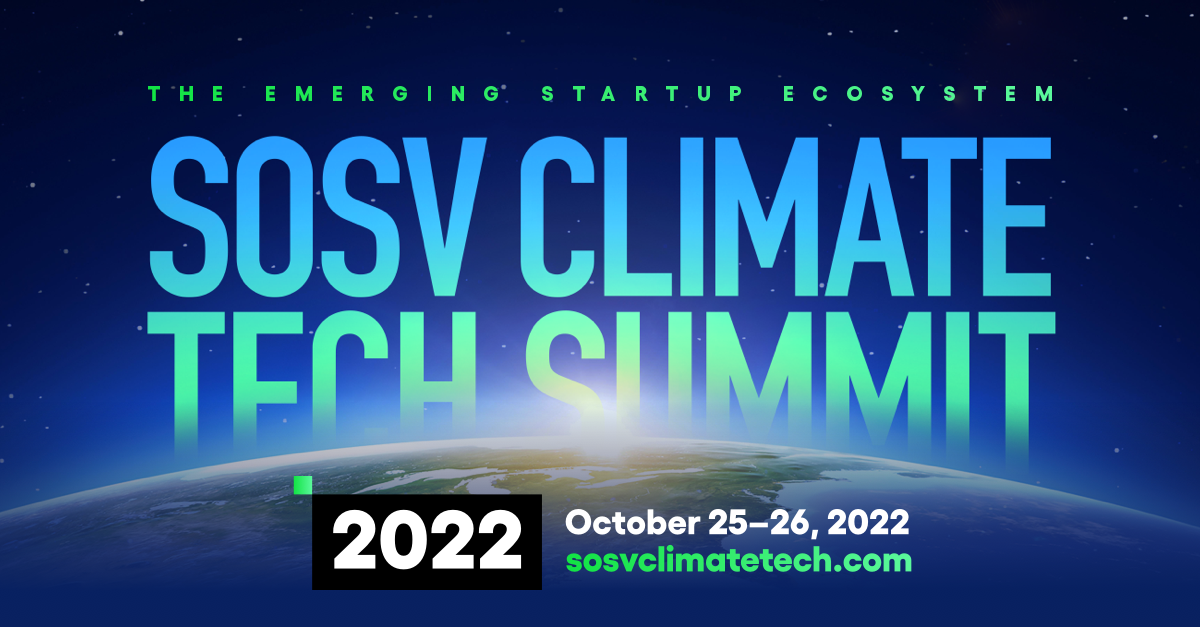
We talked with two founders of Bloom Labs — Sim Gulati, CEO and Richard Freundlich, CTO — in the basement of IndieBio last week after their company had just been voted “Killer of the Week” by their peers in Batch 14. Each week at IndieBio, the companies in our batch compete based on their top accomplishments just in the previous week as they learn to move at venture speed. Top companies are nominated by the IndieBio SF team, but the winner is ultimately chosen by a voting of their peers within the batch.
Sim’s been a part of the textile industry since before he could walk
Sim started in the textile industry as a kid, helping his family run their clothing factory in India to create export-quality cotton and polyester for big name retail stores like J.C. Penney and LuluLemon.
[Sim]: “After learning the fundamentals as well as the harmful impacts of the textile industry, I became a bit obsessed with how to circularize it. Due to my young age, I wasn’t able to realize this vision within the family business so I knew it was time to set out on my own.”
[Sierra]: Wow so you’ve been an entrepreneur for pretty much your entire life. And this moment gave you the push to start Bloom?
[Sim]: “Not quite – first I formed a company called Dropel where we were innovating fabric to make it more sustainable. I quickly realized that the innovation had to be more upstream to enable a true paradigm shift in the industry – that’s where Bloom came in. At Bloom, we are innovating at the level of the raw material for the fabric. This way we can introduce massive innovation into the textile industry without requiring it to accept major infrastructure changes.”
[Mohan]: How did you settle on protein waste as your feedstock of choice?
[Sim]: “Feedstock for textile fibers has to be abundant and scalable. There is actually over 15 billion pounds of protein waste produced annually by poultry farmers around the globe. Yeah, we humans eat a lotta chicken! We came up with the concept of how to use this feedstock for melt spinning and melt extrusion processes without having to build new capex. In our proprietary process we convert this waste into keratin pellets which can drop into existing textile manufacturing infrastructure today. While we are a startup, we can scale almost immediately with existing equipment.”
After flying planes for 30 years, Richard is ready to repent for his impacts on the ozone layer
After embarking on his mission to circularize the textile industry with waste protein feedstocks, Sim met Richard, CTO, as well as Mike Jaffe, now Bloom’s CSO, who had both previously worked together at Celanese in fiber manufacturing. Richard had actually worked on protein waste conversion technology previously in the context of sustainable food packaging.
[Richard]: “I knew the core technology behind Bloom would work as I had previously done it. Once Sim introduced me to the concept of using the process for fiber creation, I immediately saw immense potential to transform the textile industry and was on board to join full time.”
[Sierra]: “It must be so satisfying to see your technology come full circle like this”
[Richard]: “Bloom is truly providing the right solution at the right time. 30 years ago no one cared about keratin as oil was so cheap. Now that circularity is crucial to enable a sustainable future, our scalable, cost-effective solution is poised to truly disrupt the textile industry…30 years ago is also when I first began my passion of flying planes. I’m thrilled to now be giving back to our climate to more than compensate for the negative impacts of that!”
Progress over perfection: how to manage conflict among an all-star team of engineers and scientists
Each member of the team at Bloom possesses a unique skillset to propel the company forward. From experts in melt spinning to materials science to chemists – Sim has assembled a great team with expertise over every aspect of protein processing and fiber generation. Of course, managing such a team of brilliant scientists and engineers can be challenging.
[Richard]: “Different experts on our team can clash from time to time. But we have constant communication and meetings to make sure everyone is aligned on key objectives and how to meet them.”
[Mohan]: Is managing the priorities and expectations of scientists different compared to doing the same with engineers?
[Sim]: “With tight deadlines it can be difficult for scientists to deliver. We’ve recently accomplished 6 months of work in just 3 weeks to prepare for the IndieBio SF Demo Day. To get there, we’ve had to juggle plenty of unknowns and focus mainly on getting to our demo day goals rather than fully understanding the intricacies of each result. This can drive the scientists insane, but at the end of the day our focus as a disruptive startup is really on progress over perfection.”
Why Bloom won Killer this week
[Sierra]: So what earned you guys the Killer last week?
[Sim]: “Last week, we successfully processed waste protein into uniform pellets for the first time. Next, we’re going to conduct a full scale trial. This is crucial to our development as a company as we are using scalable machinery and have taken the time to fully understand all of our process variables. So we will easily be able to move to the next stage of development using existing commercial scale equipment.”
Through our short conversation we could really sense the commitment of the Bloom team to access an abundant feedstock supply, build a truly unique team, and ultimately become the low cost leader in renewable (and perhaps even nonrenewable) textile manufacturing. We can’t wait to see how this team has progressed the next time we talk.
Stay tuned for a deep dive into our next Killer!

























































































